Coastal Landscaping Ideas For Any Location
By Sarah Finazzo • June 19, 2023
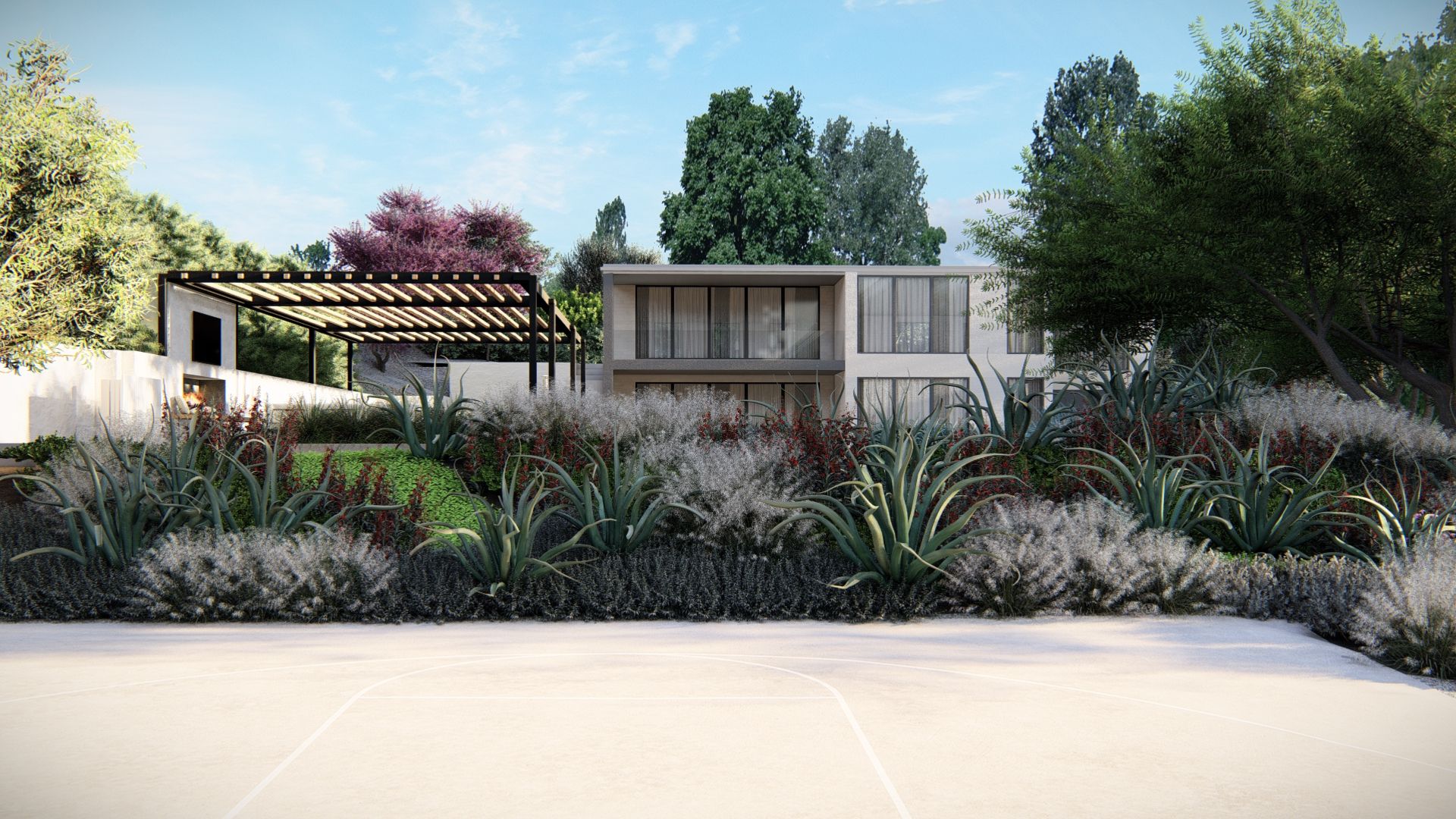
Picture vibrant hues, gentle ocean breezes, and the soothing sound of crashing waves as you design a coastal haven that reflects the beauty of the shore! Sound good? We thought so!
Whether you live by the coast or simply want to bring a coastal garden charm to your backyard, this post will explore the essential elements to help you transform your outdoor space into a coastal retreat.
Join our Newsletter
Sign up for our email list to receive exclusive promotions and landscape design inspiration.
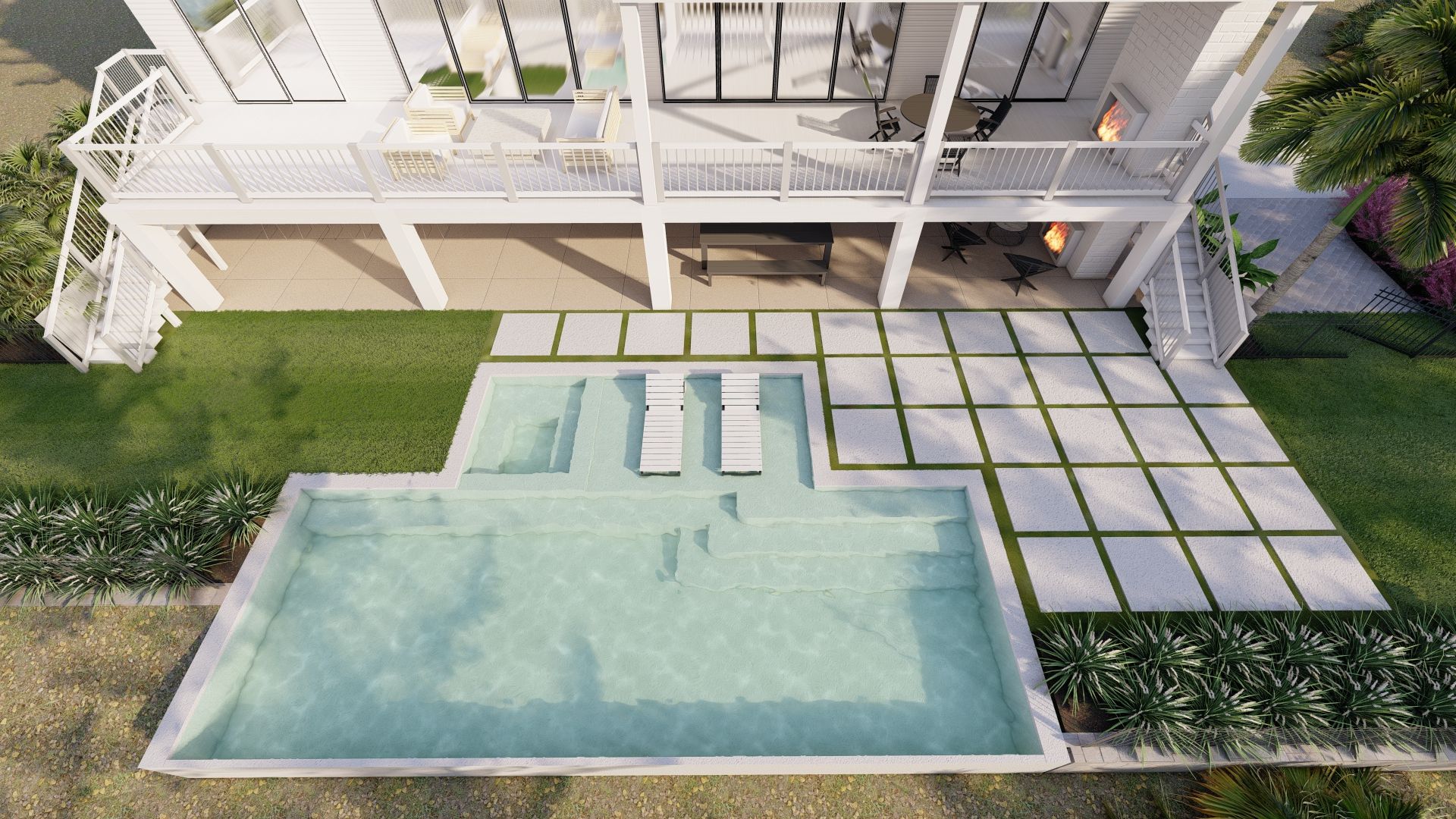
What is Coastal Landscaping?
Coastal landscaping refers to creating a landscape design in coastal areas, such as properties located near beaches, cliffs, or waterfronts - or mimicking that look elsewhere. It involves creating landscapes that are inspired by and harmonize with the natural elements found in coastal environments, including the beach, dunes, ocean views, and the unique flora and fauna that thrive in such locations.
Coastal landscaping or coastal gardens aim to capture the inspiration of the beach by incorporating elements that evoke a sense of relaxation, serenity, and connection to the sea. It embraces a blend of natural and man-made features, striking a delicate balance between aesthetics and practicality to enhance the beauty of the sand and sea setting.
When planning a coastal landscape, various factors come into play, such as heavy winds, saltwater exposure, sandy soil conditions, and the need to withstand harsh coastal elements. The selection of plants, materials, and design elements takes these factors into account, ensuring that the landscape remains resilient and sustainable in the coastal environment. Some of these points are for homes that are directly on the beach and can be adapted based on how close you are to the water or beach.
In coastal landscaping, the design often focuses on creating a seamless transition between the built environment and the natural landscape. It may include design ideas such as beach-inspired pathways, coastal-themed structures, native plants that thrive in sandy soil, and strategic placement of vegetation to provide shade, privacy, and wind protection.
Overall, coastal landscaping offers an opportunity to embrace the coastal lifestyle and design an outdoor space that celebrates the unique beauty and tranquility of living by the sea. It allows individuals to create their own oasis, where they can unwind, connect with nature, and enjoy the breathtaking vistas that coastal living has to offer.
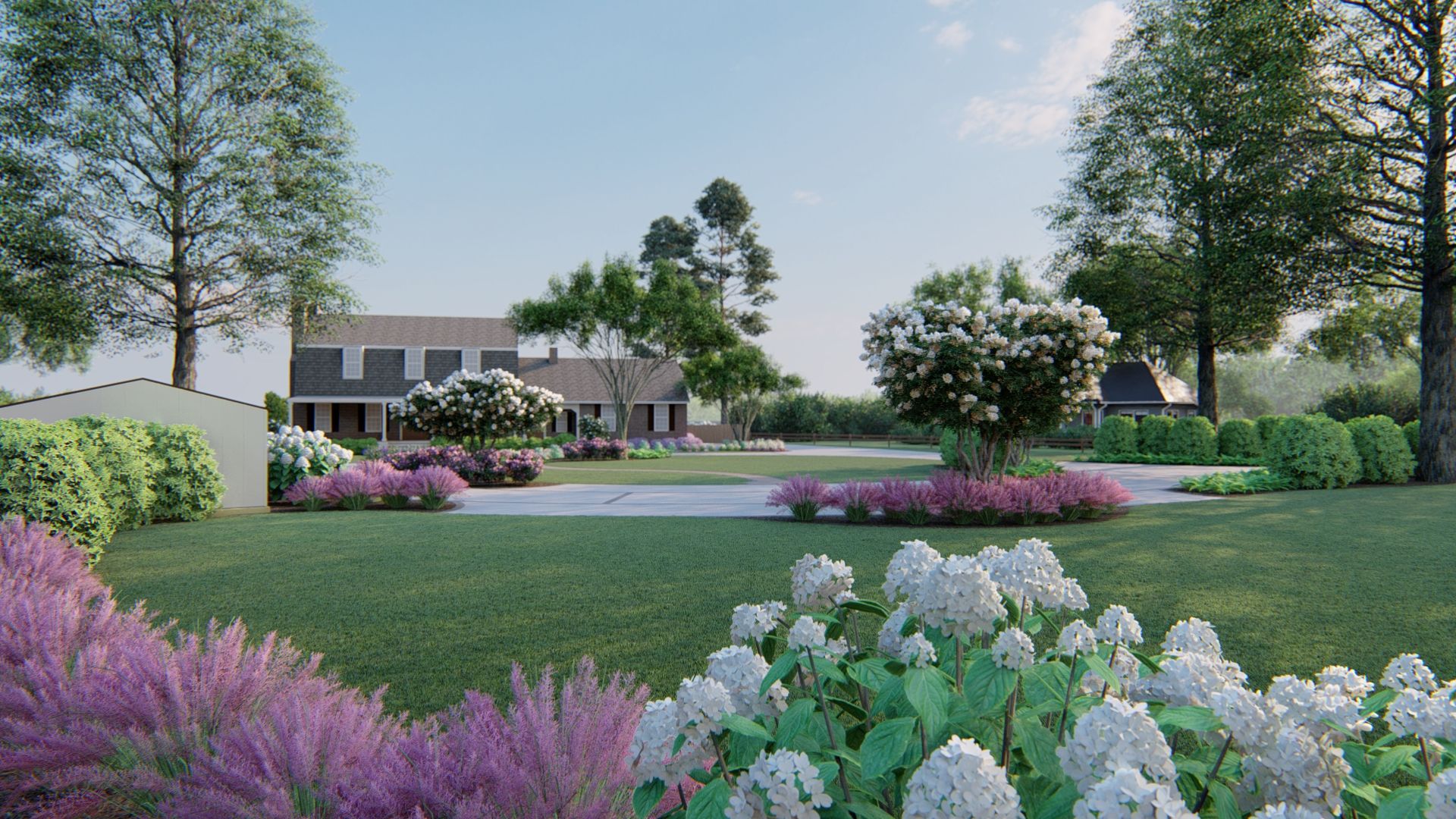
Where is Coastal Landscaping most popular?
You'll find homeowners embracing coastal gardens along the Eastern Seaboard in states like Massachusetts where you have beach towns like Cape Cod, Martha's Vineyard and Nantucket. You'll also see this landscaping further south in Rhode Island, New Jersey, North Carolina and down to the Panhandle in Florida.
Coastal styles are also popular along the Gulf Coast states (Texas, Louisiana, Mississippi, Alabama and Florida), on the West Coast (Oregon, Washington and all along California), and throughout the Great Lakes Region (Michigan, Wisconsin, Illinois and Ohio) where the lakefront and sandy beach inspire a coastal feel.
What are common landscape design elements in Coastal Landscaping?
Creating a coastal landscape design involves incorporating various key elements to capture the essence of the coastal environment. Here are some essential elements to consider when designing a coastal landscape:
Native Coastal Plants
Selecting and incorporating native plants that thrive in coastal climate is crucial. These plants are adapted to the local climate, salty spray, and sandy soil conditions. They not only provide visual appeal but also contribute to the ecosystem and support local wildlife.
Coastal Colors and Textures
Use a color palette inspired by the coastal surroundings. Soft blues, sandy neutrals, and cool greens can evoke the feeling of the beach. Incorporate textures such as weathered wood, teak, pebbles, seashells, and sand to add a tactile element reminiscent of the coast.
Hardscaping Elements
Include hardscaping elements that complement the coastal theme, such as driftwood sculptures, beach pebble pathways, or decking made from sustainable materials. These elements can create focal points on your property and define spaces within the landscape.
Water Features
Incorporating water features such as fountains, ponds, or small cascading streams can mimic the soothing sounds of the ocean. These features can add a sense of tranquility and enhance the coastal ambiance.
Coastal Structures
Consider incorporating structures like pergolas, gazebos, or beach-style cabanas to provide shade and create intimate outdoor living spaces. These structures can also offer protection from coastal winds while providing a charming architectural element. Consider adding a great cantilever umbrella, fire pit, or rock garden to continue the theme.
Natural Views and Vistas
Take advantage of the surrounding coastal views and vistas. Strategically position seating areas or create openings in vegetation to frame and maximize ocean views, ponds, sunsets, or nearby natural landmarks. Add a great set of Adirondack chairs, a bench or another cozy seating option.
Wind and Sun Protection
Coastal areas often experience strong winds and intense sunlight. Incorporate windbreakers like hedges, trellises, or ornamental grasses to provide protection. Consider adding shading structures like pergolas or umbrellas to shield outdoor areas from direct sun exposure.
Sustainable Design
Opt for sustainable and eco-friendly practices when designing a coastal landscape. Use permeable paving materials to minimize water runoff, choose drought-tolerant plants to conserve water, and employ proper irrigation techniques to promote water efficiency.
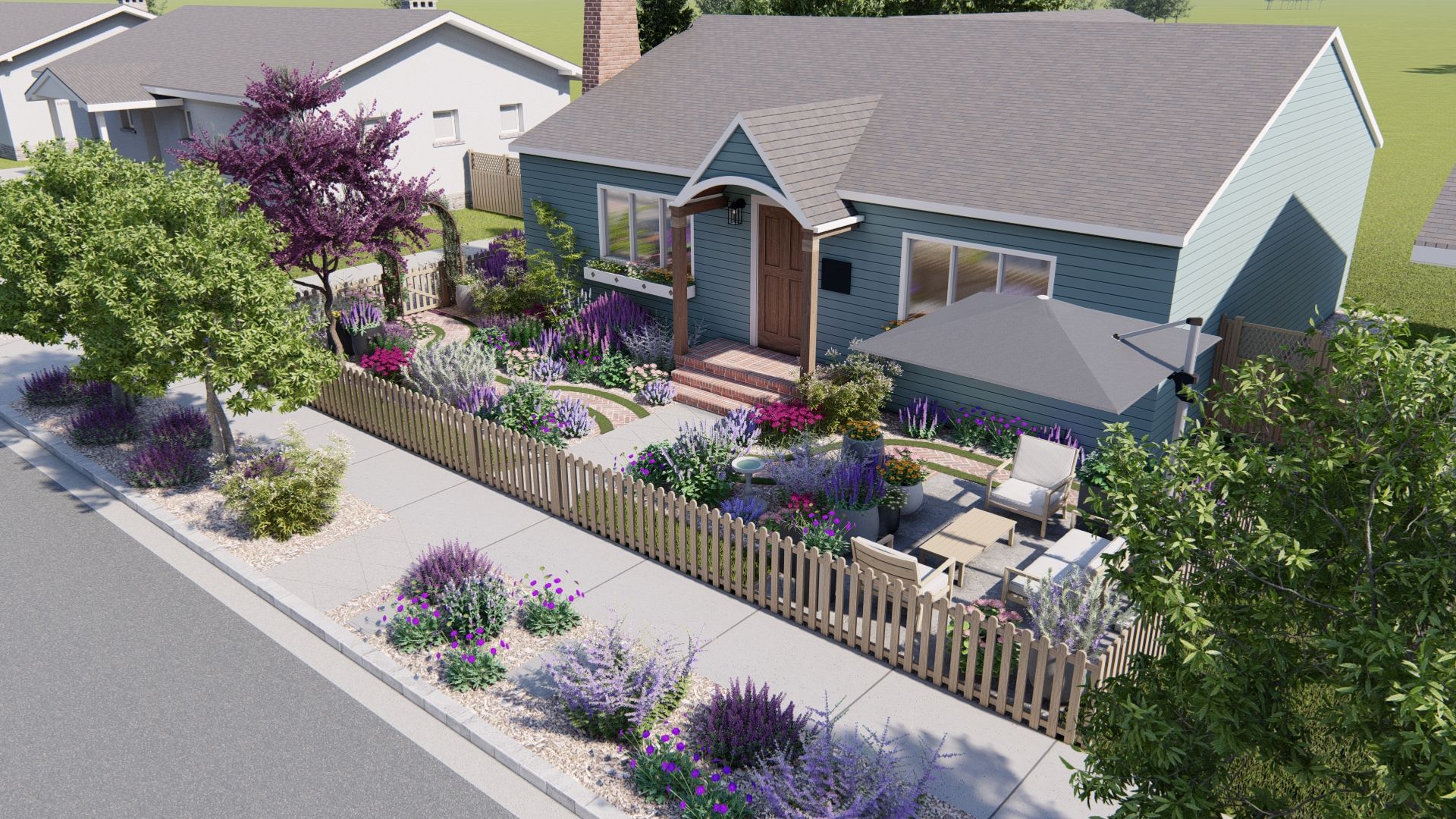
Join our Newsletter
Sign up for our email list to receive exclusive promotions and landscape design inspiration.
What do you need to consider when planting a coastal landscape design?
Here are a few additional things to consider when thinking about your coastal inspiration.
Wind and Salt Tolerance
Coastal areas often experience strong winds and salt spray. When selecting plants for your coastal landscape, prioritize those that are wind and salt tolerant. Look for plants with waxy or leathery leaves, as they can better withstand salt exposure.
Even if you aren't on the ocean, make sure to select native plants that thrive in your area.
Irrigation and Watering
While coastal areas have a high humidity level, it's important to note that sandy soils can be relatively dry. Proper irrigation techniques should be employed to ensure that your plants receive adequate water. Drip irrigation or soaker hoses are effective methods that promote deep root growth.
Mulching
Apply a layer of organic mulch around your plants to help retain moisture, regulate soil temperature, and inhibit weed growth. Mulching also adds an attractive finishing touch to your coastal landscape.
Coastal Erosion Management
If your property is located in an area prone to coastal erosion, it's crucial to consider erosion management strategies. Planting dune stabilizing grasses, constructing erosion control structures, or seeking professional advice can help protect your coastal landscape from erosion damage.
Wildlife Considerations
Coastal landscapes often provide habitats for various wildlife species. Focus on incorporating native plants that attract and support local wildlife, such as butterflies, birds, and pollinators. This can enhance the ecological value and biodiversity of your landscape.
Local Regulations
Be aware of any local regulations or permits required for coastal landscaping projects. Coastal areas may have specific guidelines regarding construction, vegetation removal, and other activities to protect the delicate coastal ecosystem.
By considering these additional points, you'll be well-equipped to plan and maintain a thriving coastal landscape that reflects the beauty of the coast while addressing specific challenges and requirements of coastal environments.
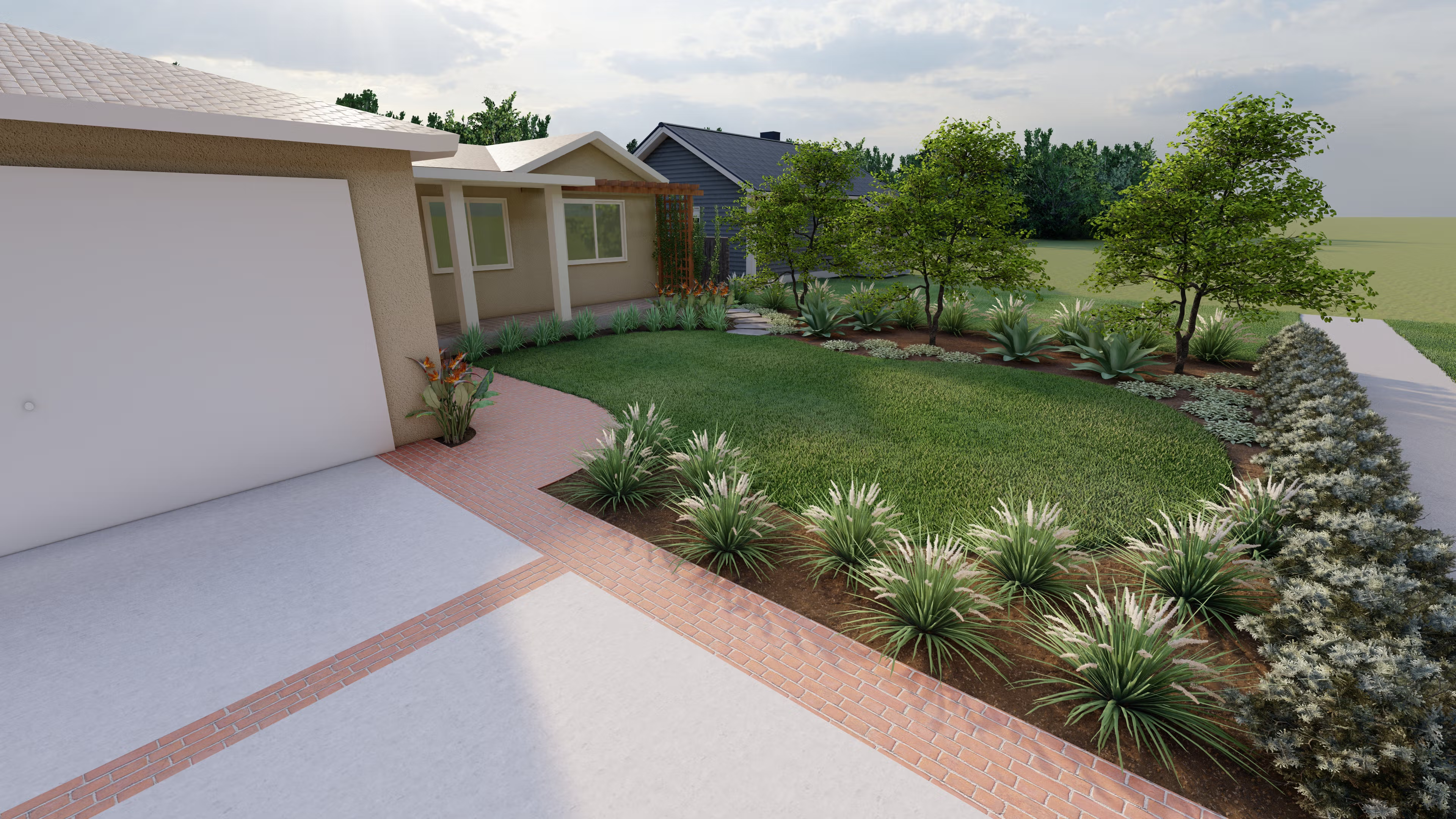
Can I create a Coastal Landscape if I don't live on the coast?
Definitely! You can create a coastal-inspired landscape even if you don't live directly on the coast. While coastal environments offer unique conditions, you can still capture the essence of the coast and bring its charm to your backyard, regardless of your location.
Install plants that will work in your area that are reminiscent of the coast. Native coastal plants such as ornamental grass, lavender, hydrangea, or yucca can be great additions. The plants and flowers will vary based on which coast you are by or which coast your are trying to mimic!
Incorporate coastal design elements in your landscape design. Use beach pebbles, driftwood, or seashells as decorative accents. Add a water element to your yard - perhaps a fountain, pond or pool. Design with the coastal colors mentioned above and add a nautical twist. You can have some beauty fun with coastal inspired pillows, rugs, furniture, lanterns and more. Using shingles on your home, adding window boxes or shutters can also add to a beach feel.
Remember, the goal is to capture the coastal essence and create a relaxing atmosphere that reminds you of the coast. By incorporating these ideas, you can transform your outdoor space into a coastal retreat, regardless of your proximity to the coast.
 A Tilly Design in Charleston, SC
A Tilly Design in Charleston, SC A Tilly Design in San Diego, CA
A Tilly Design in San Diego, CA A Tilly Design in Ocean City, NJ
A Tilly Design in Ocean City, NJ A Tilly Design in Virginia Beach, VA
A Tilly Design in Virginia Beach, VA A Tilly Design in La Jolla, CAA
A Tilly Design in La Jolla, CAA A Tilly Design in La Jolla, CA
A Tilly Design in La Jolla, CARead more about: Landscape Design Tips, Gardening Tips